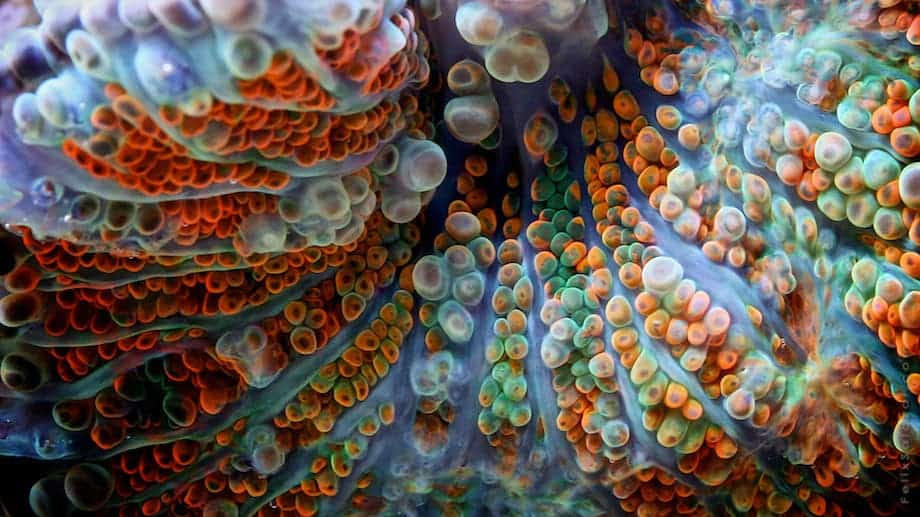Felix Salazar is a very talented photographer currently working in Los Angeles — doubling as a guitarist and composer. Among his favorite themes are corals, like these ones he photographed in salt water aquariums. The shocking variety of color almost makes it look like they’re enhanced in Photoshop, but Salazar ensures that his pictures are 100% real, no modifications.
To me, this is yet another reminder that remarkable environments can be found everywhere – even in urban aquariums. You can check out these pictures and many, many more on his website.
Contrary to popular belief, corals are animals — not plants. Corals are marine invertebrates which can breed both sexually and asexually. The group has been around since the early days of the Cambrian, more than 540 million years ago, but are now in dire straits. Locally, corals suffer coral mining, agricultural and urban runoff, pollution (organic and inorganic), overfishing, blast fishing, disease, and the digging of canals and access into islands. Also, globally, corals are at a very high risk due to climate change and pH changes from ocean acidification, all associated with greenhouse gas emissions. So while you appreciate the beauty of these magnificent creatures, also spend a moment thinking about their conservation.
















